The 6-petal diet is a 6-day weight loss meal with a daily alternation between protein and carbohydrate meals. Adherence to the principles of the daily sample menu and diet will contribute to weight loss and weight loss in the short term.
Due to the lack of carbohydrates in the protein days of the diet, the level of glycogen is reduced, which triggers the process of burning fat due to the use of lipids that supply the body with energy.
Carbohydrates in vegetables, fruits and cereals do not cause fat deposits as they serve to replenish glycogen stores and maintain vital functions in the human body.
Basic rules
In order to lose weight quickly and reduce body volume, you must strictly follow the basic rules of the 6-petal diet:
- You must not consume more than 600 gr. protein dish, 1500 gr. vegetables, 300 gr. cereals on the appropriate day;
- the food should be small - about 150 gr. protein products or cereals and not more than 500 gr. fruit;
- limits the amount of salt to a minimum;
- Drink 2, 5 liters of water per day.
To make your diet more efficient, simple carbohydrates are completely excluded from the menu, which can lead to rapid weight gain:
- sugar and sugar containing products in the composition;
- coffee;
- sweet drinks;
- white flour products;
- ketchup;
- mayonnaise;
- mustard.
Features of the diet
The diet of the 6-petalled diet is based on the days of fish, vegetables, chicken, cereals, cottage cheese and fruit, with the daily alternation of protein and carbohydrates in that order.
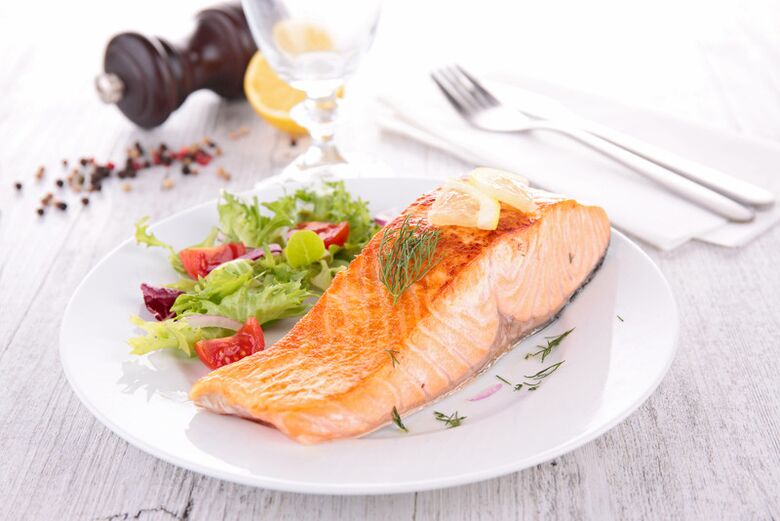
Halnap. Fish is the most valuable source of protein, healthy fats (omega 3) and vitamins (A, E, H, C, PP). Fish also contains iodine, zinc, selenium and calcium. Low-fat varieties should be preferred in the diet, such as:
- horse mackerel;
- pink salmon;
- cod;
- herring;
- tuna;
- herring;
- sea bream;
- trout;
- catfish;
- carp;
- salmon.
Exactly 600 grams of steamed or fried fish is allowed to be consumed.
Vegetable Day. The diet involves the use of low-calorie, non-starchy vegetables that do not contribute to weight gain. The high fiber content in vegetables leads to a reduction in cholesterol and blood sugar levels, removes toxins, and nourishes the beneficial intestinal microflora.
The menu may include cooked, steamed and fried vegetables, broths, soups or smoothies, and fresh vegetables in the form of salads filled with olive oil.
It is important to know that the use of potatoes in a 6-petalled diet is limited due to the large amount of starch in the preparation. Small portions of potatoes (up to 100 grams) cooked or fried in uniform are allowed.
Chicken day. The composition of chicken meat contains protein, phosphorus, magnesium, potassium, B vitamins. To make the diet menu more varied, you can cook broth, fry chicken with spices, and make cream soup from chicken.
Grain Day. At this stage, the diet includes only whole grains (buckwheat, barley, bulgur, oatmeal, brown rice), which contain many valuable nutrients and complex carbohydrates, as they are slowly absorbed and energize the body for a long time.
In addition to cereals, wholemeal or rye bread (up to 100 grams) and a glass of iron are allowed.
Cottage cheese day. The diet menu uses 2-3, 8% fat (but non-fat) cottage cheese in the form of a mixture of cinnamon or vanilla cottage cheese yoghurt, yoghurt without sugar and additives, milk.
Due to the high protein content of cottage cheese, it gives a long-lasting feeling of satiety and is a useful source of minerals (magnesium, calcium, sodium, iron), vitamins and lactic acid bacteria needed by the body.
Fruit Day completes the 6-petal diet, during which it is recommended to consume small portions of 200-300 grams 5-6 times, while consuming fruits and berries available in all seasons:
- Apple pear;
- orange, mandarin;
- solo;
- banana - limited;
- pineapple, pomegranate, grapefruit;
- cherries, cherries, strawberries.
The nutritional value of fruits, like that of vegetables, lies in their high fiber content and the content of various vitamin groups. It is important to note that sweet fruits are high in sugar, so more sour varieties should be preferred and the total daily intake of fruits and berries should be strictly adhered to - up to 1. 5 kilograms.
Sample 6 petal diet menu
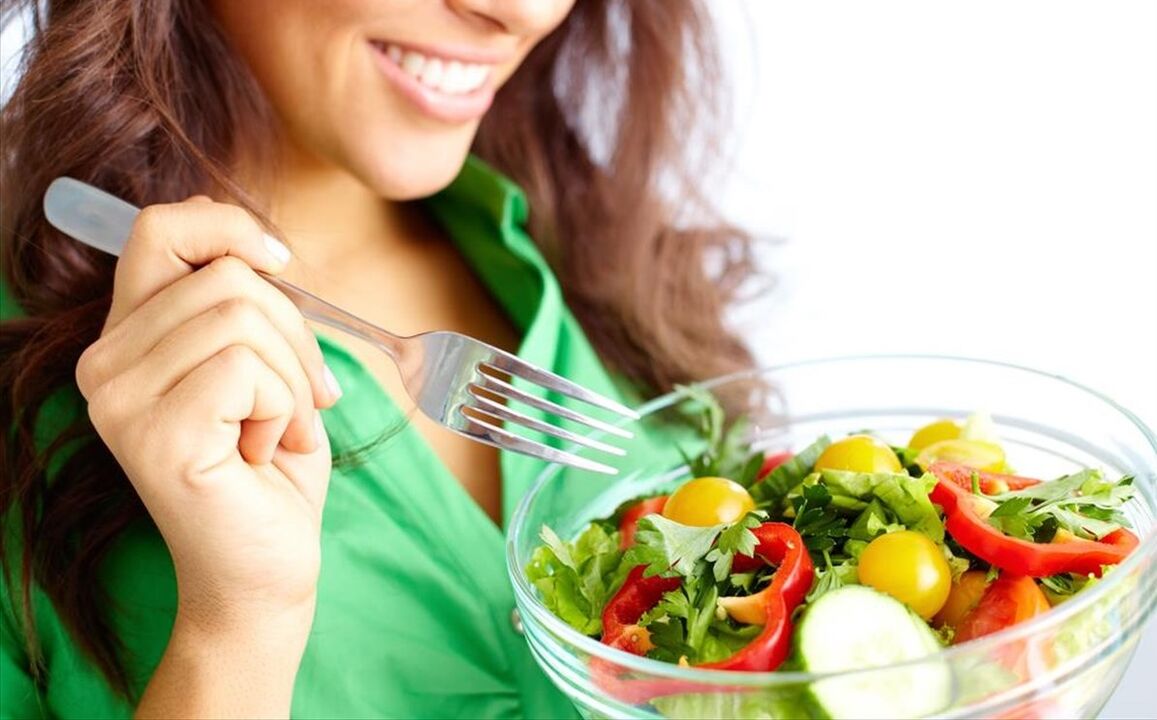
Following the principle of alternation of proteins and carbohydrates, foods made from approved foods should be used when planning the daily menu of the 6-petalled diet, while the diet should include 3-4 meals without a snack.
Fish
- Breakfast: Cooked hake fillet (200 g);
- Snack: fried fish with spices (200 g);
- Lunch: Halleves;
- Dinner: Fish fillet puree with the addition of broth (200 g).
Vegetable
- Breakfast: Boiled beetroot salad;
- Snack: Cauliflower with steamed carrots;
- Lunch: stewed zucchini and cabbage, potatoes, cooked in a uniform;
- Dinner: Peking cabbage salad.
Chicken
- Breakfast: Cooked fillets;
- Snack: chicken soup with spices and dill;
- Lunch: Baked fillet;
- Dinner: broth with a portion of cooked fillet.
Grain
- Breakfast: Boiled buckwheat;
- Snack: a glass of kvass;
- Lunch: Bulgur with spices, a slice of wholemeal bread;
- Dinner: brown rice.
Aludttej
- Breakfast: Cottage cheese with cinnamon, tea;
- Snack: Yogurt;
- Lunch: Cottage cheese with yoghurt;
- Dinner: Cottage cheese, tea.
Fruit
- Breakfast: baked apples;
- Snack: 100 gr. berries;
- Lunch: Apple, pear, kiwi and banana fruit salad;
- Dinner: mandarin.
Recipes
Although the diet is limited in diet, simple recipes can be used to prepare delicious meals, taking into account recommendations for food selection.
Fried trout
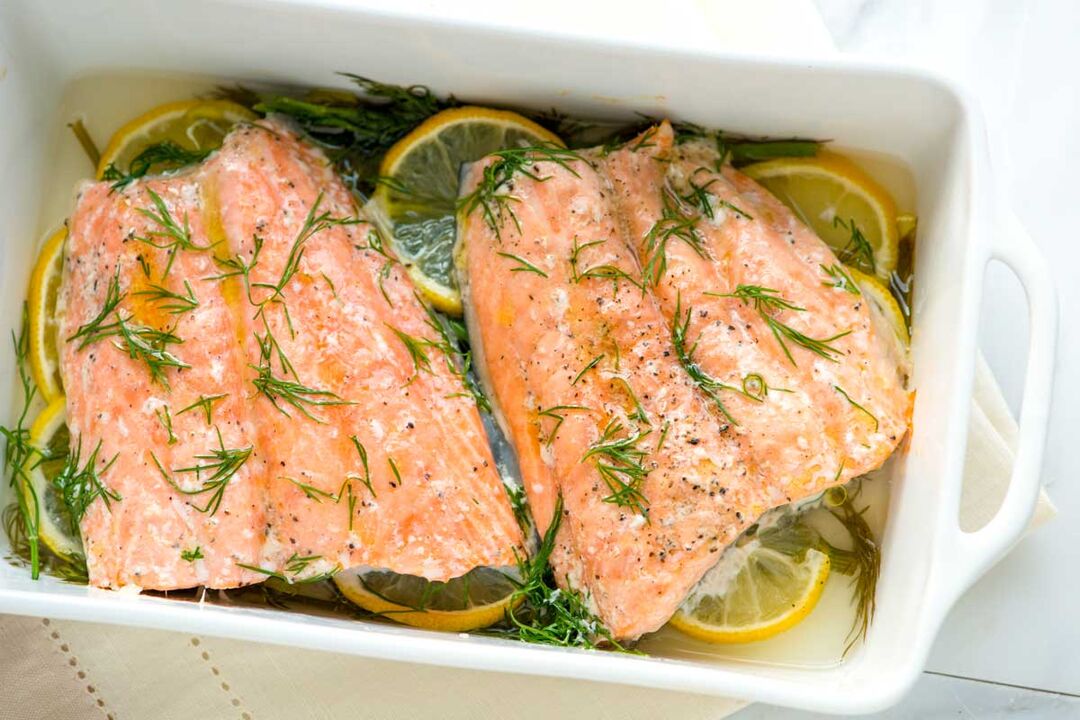
Ingredients: 800 g trout, lemon, onion, parsley, nutmeg.
The fish is cleaned of scales, washed and cut into slices. Then the fish is salted and sprinkled with half a lemon juice. Marinate the prepared trout for 20-25 minutes.
Peel the onion and cut into half rings and half of the lemon into thin slices. Place foil on a baking sheet, onion on top of the "pillow", pieces of trout with lemon rings and sprinkle with nutmeg. The foil is then wrapped to cover the top of the trout.
Bake the fish in the oven at 180 degrees for 40 minutes. Sprinkle with chopped parsley before serving.
Vegetable stew
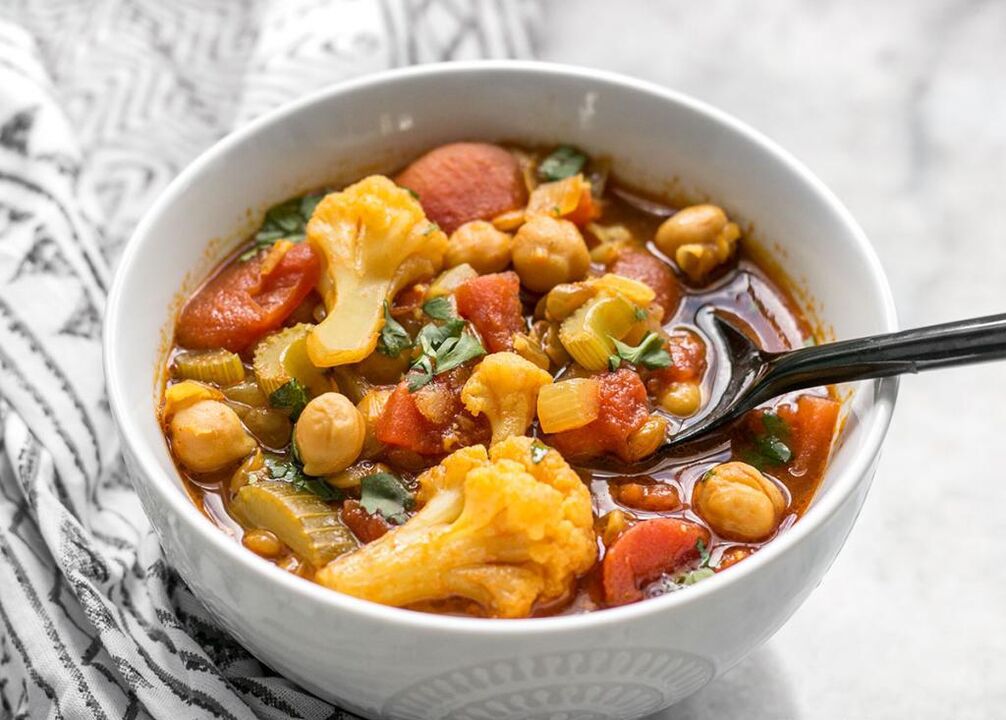
To cook you will need a medium zucchini, a little white cabbage, 2 sweet peppers and 2 tomatoes, carrots and onions.
The zucchini must be peeled and cut into pieces, the cabbage chopped and the pepper cut into strips. Then mix the ingredients, add half a glass of water, salt and cook over medium heat for 20 minutes.
While the stew is frying, chop the onion, chop the carrots and season with a teaspoon of vegetable oil. The tomatoes are then blanched, peeled, chopped into mashed potatoes and added to the pan, which is simmered for 5 minutes.
Then mix the vegetables, add spices and cook in the pan over low heat for another 5-7 minutes. Sprinkle with fresh herbs before serving.
Stuffed peppers
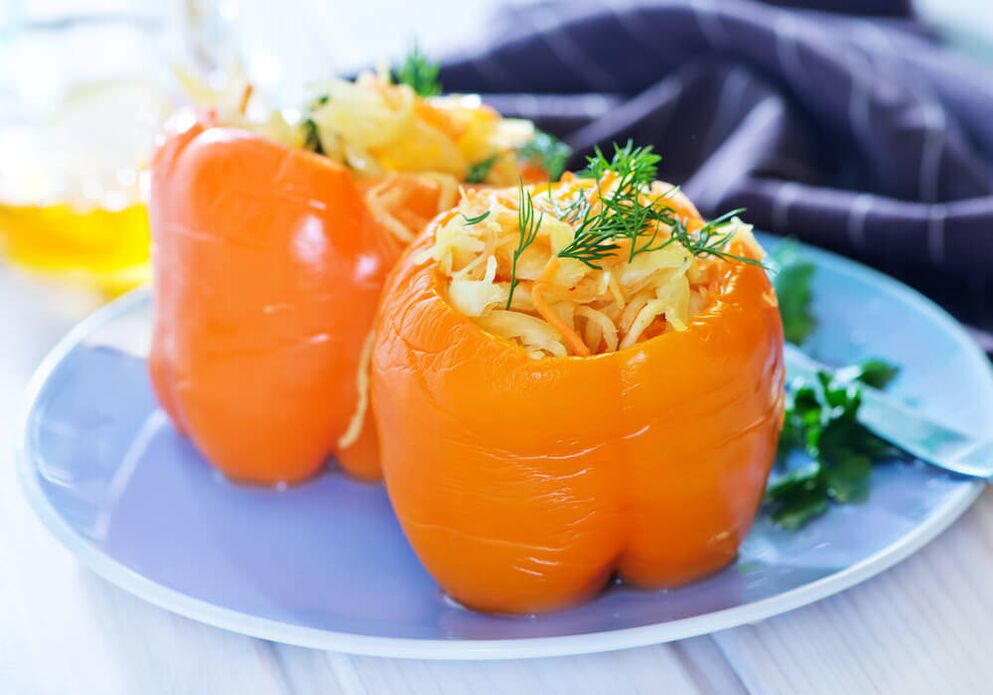
Ingredients: sweet bell peppers - 6-8 pieces, white cabbage - 300 g, 2 carrots, 2 onions, 1 tbsp. a spoonful of tomato puree, vegetable oil, black pepper and basil.
Cut the onion into half rings and simmer in a little oil for 5-7 minutes. Chop the cabbage, cut the carrots into strips and simmer under the lid with 100 ml of water. Add the tomato puree, salt and spices and simmer for 15-20 minutes.
The bell peppers are washed, pitted and stuffed with braised cabbage. Spread the baking foil on a baking sheet, spread the prepared pepper on it, then screw the end in.
Bake the peppers in the oven for 20 minutes. Sprinkle with green parsley or dill before serving.
Fried chicken breast with spices
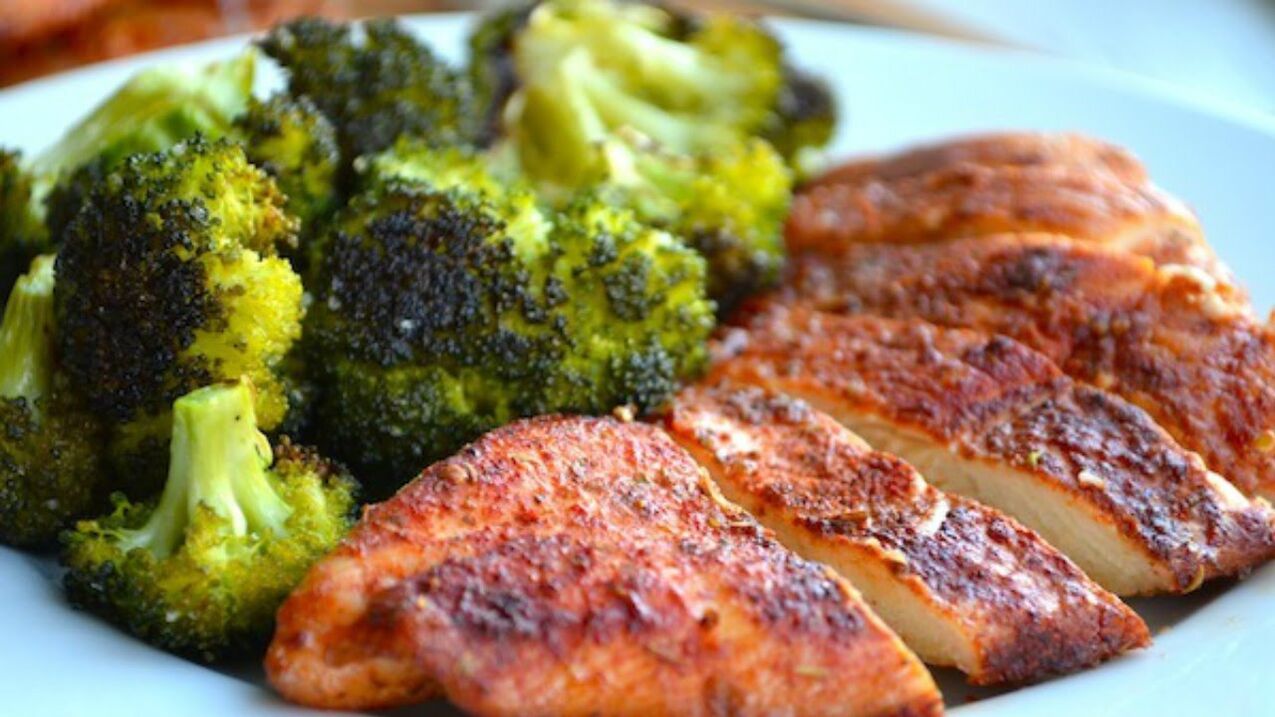
Ingredients for the dish: chicken breast - 1 piece, 1 tbsp. l. olive oil, pepper, herbs.
Preparation: wash the breast and sprinkle all sides with salt, pepper, butter, herbs. The chicken is then covered with foil and marinated in the refrigerator for 30 minutes.
After pickling, the breast is placed in a roasting sheath. Bake the chicken in a preheated oven at 200 degrees for twenty minutes.
Quinoa on slow cooker
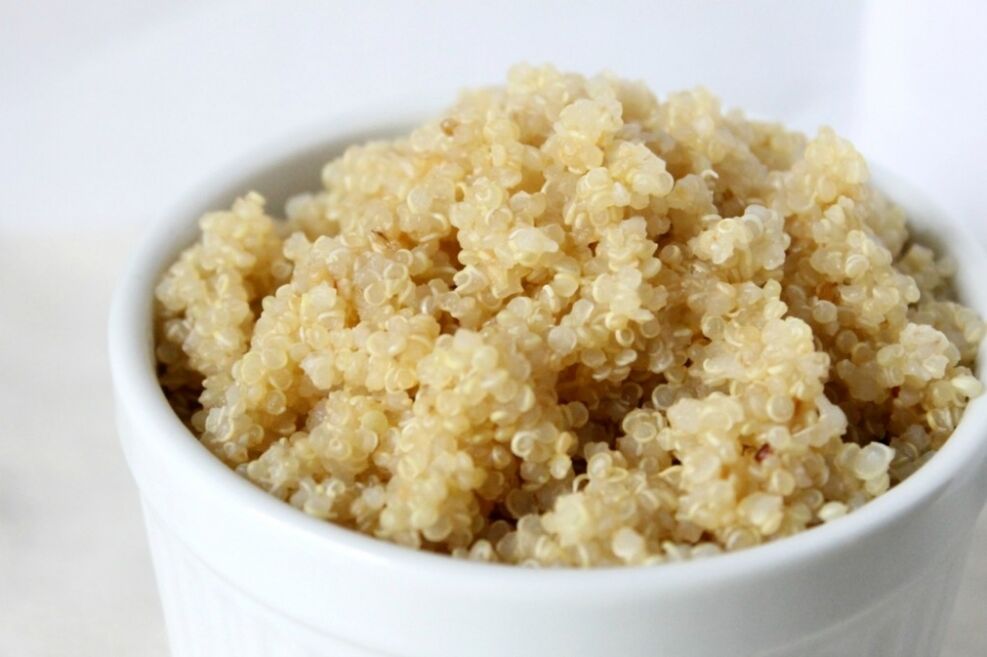
Ingredients: 100 g quinoa, cumin, turmeric, salt to taste.
The grits are washed thoroughly and then left to stand in water for 5-6 hours to remove the bitterness. The quinoa is then rinsed again and poured into the multicooker bowl by adding water. Cook the porridge in "Rice" mode for 25 minutes.
After cooking, add a little salt, turmeric and cumin to your porridge. Sprinkle with herbs.
Thick Greek yogurt
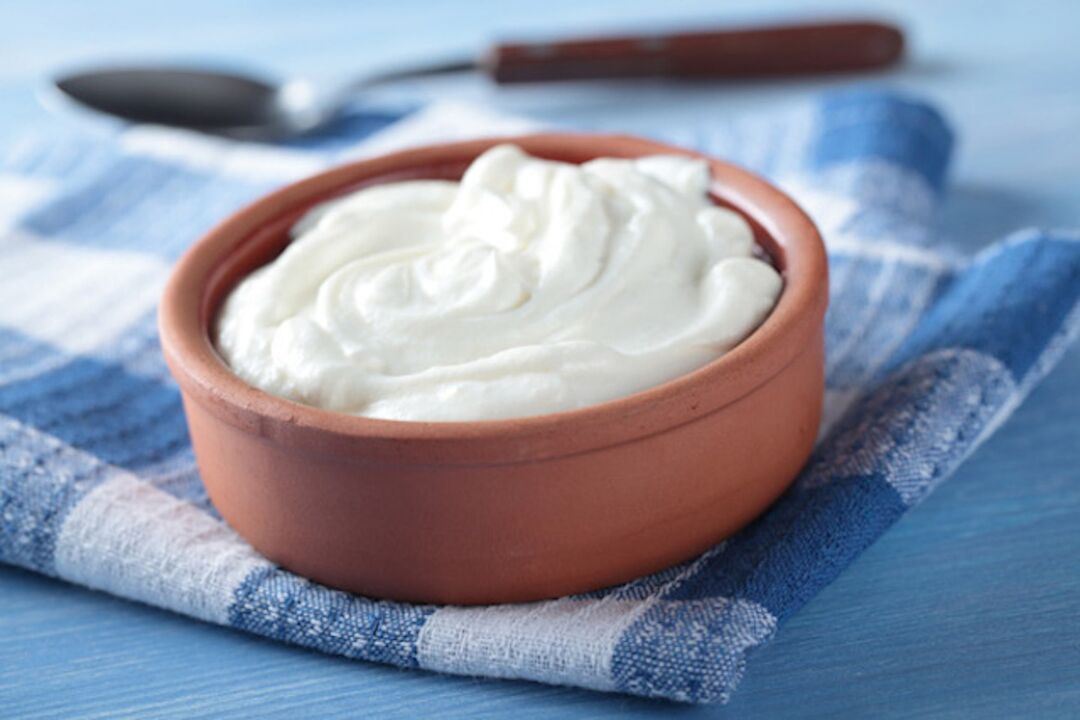
To prepare it requires 2 liters of milk, 4 tablespoons of natural yoghurt or pharmacy sourdough.
The pasteurized milk is heated to 50 degrees (until steam begins to rise from the milk) and fresh milk is heated to 90 degrees (until the first foam appears). Then add the sourdough to the milk (the hot milk must be cooled to 50 degrees), cover with a lid, wrap a towel on top and leave to stand for 4-5 hours.
After the time has elapsed, the yoghurt dish is carefully placed in the refrigerator for an additional 2-3 hours. For a thicker consistency, the yogurt is filtered through a 3-fold folded curd for 3 hours.
Greek yogurt is served with cottage cheese or herbs. The shelf life of the pot is 5-6 days.
Exit your diet
After completing your diet, you should follow some dietary rules to maintain the weight loss results you have achieved. In particular, it is still recommended to exclude sugary and white flour products from the menu. It is also necessary to follow four meals a day without a snack between meals.
For breakfast and lunch you can cook porridge with meat, fish, chicken, whole wheat bread sandwich with cheese and scrambled eggs. Fruit is allowed for afternoon tea, and you can make a salad with chicken or fish for dinner.
In a 6-petal diet, the amount of simple carbohydrates should be strictly controlled and should not exceed 200-300 kcal per day to avoid edema and weight gain due to water and fat.
Advantages and disadvantages
The 6 petal diet is an effective way to lose weight due to the following benefits:
- loss from 500 gr. up to 1. 5 kilograms per day;
- rapid weight loss, which is associated with the active removal of water due to a decrease in the amount of glycogen in the body (one molecule of glycogen binds four molecules of water);
- a short-term diet plan that allows you to continue to diet to maintain your weight.
Like all restrictions, diet has a number of disadvantages that can affect the physical and psychological state of the body:
- weight gain after giving up the diet and returning fast carbohydrates to the diet;
- appearance of fatigue, irritation, lack of strength;
- lack of healthy fats in the required amount on the menu, which can affect the work of the gastrointestinal tract and nervous system.
Diet is contraindicated in severe diseases of the digestive system, excretory and endocrine systems, such as:
- gastritis, pancreatitis, gastric ulcer, duodenal ulcer;
- diabetes;
- chronic inflammation of the gallbladder;
- anemia.
Diet should not be used during pregnancy and lactation, infectious diseases, acute respiratory viral infections.































































